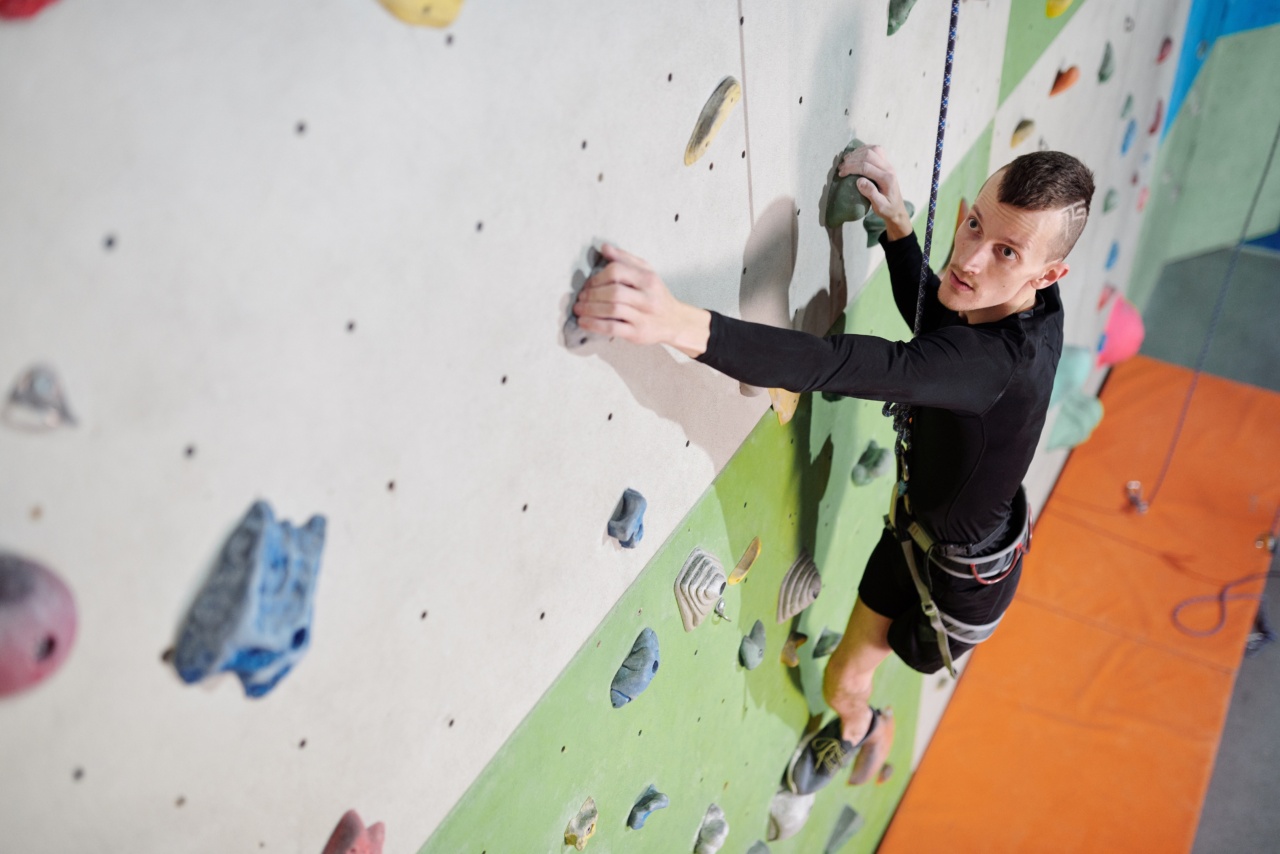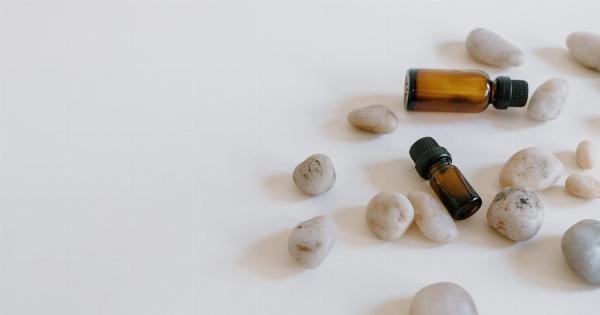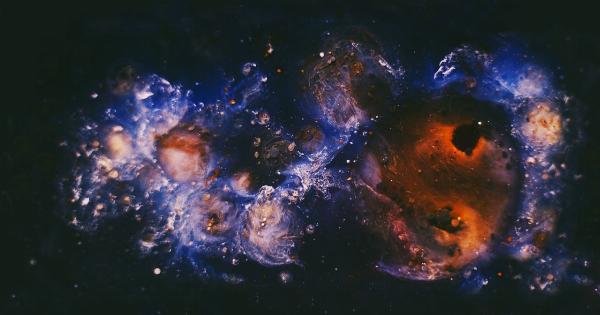Depression is a severe mental illness that affects millions of people around the globe. According to the World Health Organization (WHO), approximately 264 million people suffer from depression worldwide.
While there are many ways to manage depression, the use of medication is the most popular way. Depression medications are designed to alter the levels of neurotransmitters in the brain, such as serotonin, dopamine, and norepinephrine, which can help alleviate the symptoms of depression.
However, traditional antidepressants take a few weeks to a few months to work, and they come with numerous side effects.
Moreover, these medications do not work for everyone, and some patients may have to try various medications before finding the right one. With advancements in medical science, there are now modern depression medications that work faster and come with fewer risks. In this article, we will discuss some of these modern depression medications.
1. Ketamine Therapy
Ketamine is an anesthetic drug that has been used for decades. In recent years, researchers have found that ketamine can also help alleviate the symptoms of depression.
Ketamine works by blocking a neurotransmitter called glutamate, which is responsible for causing depression. It takes a few hours to start working and can provide rapid relief from depression.
Ketamine is often administered as an infusion or nasal spray. While ketamine therapy has shown promising results, it can come with side effects such as nausea, dizziness, and dissociation.
Moreover, the long-term effects of ketamine therapy are still unknown. Hence, it is essential to consult with a doctor before trying ketamine therapy.
2. Esketamine Nasal Spray
Esketamine is a type of ketamine that has been approved by the FDA as a nasal spray for the treatment of depression. Esketamine works by blocking the NMDA receptor, which is responsible for causing depression.
The nasal spray is administered under the supervision of a healthcare professional and takes a few hours to work.
Esketamine nasal spray has been shown to provide rapid relief from depression, with some patients reporting a significant reduction in symptoms within hours of administration.
However, esketamine nasal spray can also cause side effects such as dizziness, nausea, and dissociation. Moreover, esketamine therapy may be expensive, and insurance may not cover the entire cost. Therefore, it is essential to consult with a doctor before trying esketamine therapy.
3. Transcranial Magnetic Stimulation (TMS)
Transcranial Magnetic Stimulation (TMS) is a non-invasive procedure that uses magnetic fields to stimulate nerve cells in the brain. TMS therapy has been approved by the FDA for the treatment of depression.
It is a safe and effective alternative to traditional antidepressants that work faster and come with fewer side effects.
TMS therapy involves placing a magnetic coil on the patient’s scalp, which generates magnetic pulses that stimulate nerve cells in the brain. The pulses are painless and do not require anesthesia.
TMS therapy takes approximately 30-60 minutes per session, and patients may require up to 20 sessions.
The side effects of TMS therapy are minimal, and the most common side effect is mild discomfort or headache. However, these side effects usually go away after a few sessions.
TMS therapy is non-invasive and does not require hospitalization, which makes it ideal for patients who cannot tolerate or do not respond to traditional antidepressants.
4. Vagus Nerve Stimulation (VNS)
Vagus Nerve Stimulation (VNS) is a procedure that involves implanting a device under the skin to stimulate the vagus nerve, which regulates mood, sleep, and appetite.
VNS therapy has been approved by the FDA for the treatment of depression that does not respond to traditional antidepressants.
VNS therapy involves surgically implanting a device under the skin, which generates electrical impulses that stimulate the vagus nerve. The patient controls the device using a handheld magnet, which can increase or decrease the stimulation as required.
VNS therapy has been shown to be effective in treating depression, with some patients reporting an improvement in symptoms within weeks of starting therapy.
However, VNS therapy can also cause side effects such as hoarseness, coughing, and shortness of breath. Moreover, VNS therapy is expensive and may not be covered by insurance. Therefore, it is essential to consult with a doctor before trying VNS therapy.
5. Spravato Nasal Spray
Spravato is a new nasal spray medication that has been approved by the FDA for the treatment of depression. Spravato is a type of esketamine that works by blocking the NMDA receptor, which is responsible for causing depression.
Spravato nasal spray is administered under the supervision of a healthcare professional and takes a few hours to start working.
Spravato has been shown to provide rapid relief from depression, with some patients reporting a significant reduction in symptoms within hours of administration.
Spravato nasal spray can also cause side effects such as dizziness, nausea, and dissociation. Moreover, Spravato therapy may be expensive, and insurance may not cover the entire cost.
Therefore, it is essential to consult with a doctor before trying Spravato therapy.
6. Mindfulness-Based Cognitive Therapy (MBCT)
Mindfulness-based cognitive therapy (MBCT) is a form of therapy that combines mindfulness meditation with cognitive-behavioral therapy (CBT) to treat depression.
MBCT helps patients to become more aware of their thoughts and feelings, which can help them change negative thought patterns that contribute to depression.
MBCT involves attending group therapy sessions that involve mindfulness meditation, guided imagery, and cognitive-behavioral therapy.
Patients learn to become more aware of their thoughts and feelings, which can help them change negative thought patterns that contribute to depression.
MBCT has been shown to be effective in treating depression, with some patients reporting an improvement in symptoms within weeks of starting therapy. Moreover, MBCT is safe and does not come with any side effects.
Therefore, it is an ideal option for patients who do not want to try medication or cannot tolerate it.
7. Exercise
Exercise is an effective way to alleviate the symptoms of depression. Regular exercise can help improve mood, reduce stress, and boost self-esteem.
Exercise also releases endorphins, which are natural mood-boosters that can help alleviate the symptoms of depression.
Exercise does not have to be strenuous to be effective. Even moderate exercise such as walking, swimming, or cycling can help improve mood and reduce stress.
Patients should aim to exercise for at least 30 minutes per day, five days per week, to see a significant improvement in symptoms.
Moreover, exercise does not come with any side effects, making it an ideal option for patients who cannot or do not want to try medication.
However, it is essential to consult with a doctor before starting an exercise regimen, especially if the patient has a pre-existing medical condition that may be aggravated by exercise.
8. Herbal Supplements
Herbal supplements such as St. John’s Wort and SAM-e have been shown to alleviate the symptoms of depression.
St John’s Wort is an herb that works by increasing the levels of serotonin, dopamine, and norepinephrine in the brain, while SAM-e is a compound that is involved in the production of neurotransmitters in the brain.
Herbal supplements are available over-the-counter and do not require a prescription. However, patients should be cautious when taking herbal supplements, as they can interact with other medications and cause side effects.
Moreover, the quality of herbal supplements is not regulated, and patients may not get the desired effects from them. Therefore, it is essential to consult with a doctor before trying herbal supplements.
9. Light Therapy
Light therapy involves exposing patients to bright light for a set amount of time each day to alleviate the symptoms of depression. Light therapy works by regulating the body’s circadian rhythms, which can help improve mood.
Light therapy involves sitting in front of a lightbox for 30 minutes to two hours each day. The lightbox emits bright light that is similar to natural outdoor light.
Patients should sit at a distance of 16 to 24 inches from the lightbox and should not look directly at the light.
Light therapy is safe and does not come with any side effects, making it an ideal option for patients who cannot or do not want to try medication.
However, light therapy may not work for everyone, and patients may have to try different lightboxes before finding the right one. Moreover, patients should consult with a doctor before trying light therapy, especially if they have a pre-existing medical condition that may be aggravated by bright light.
10. Electroconvulsive Therapy (ECT)
Electroconvulsive therapy (ECT) is a procedure that involves using electric currents to stimulate the brain. ECT is a last resort treatment for patients with severe depression that does not respond to other treatments.
ECT is administered under anesthesia and involves passing small electric currents through the brain to trigger a seizure. The seizure lasts for a few minutes and is usually followed by a period of confusion.
ECT is administered in a series of treatments, with each treatment lasting 10-20 minutes.
ECT has been shown to be effective in treating severe depression, with some patients reporting an improvement in symptoms within days of starting treatment. However, ECT can cause side effects such as short-term memory loss, confusion, and headaches.
Moreover, ECT is a last resort treatment, and patients should try other treatments before considering ECT. Therefore, it is essential to consult with a doctor before trying ECT.
Conclusion
Depression is a severe mental illness that affects millions of people worldwide. While traditional antidepressants work for many patients, they can take several weeks to work and come with numerous side effects.
With advancements in medical science, there are now modern depression medications that work faster and come with fewer risks.
Ketamine therapy, esketamine nasal spray, TMS therapy, VNS therapy, and Spravato nasal spray are some of the modern depression medications that are available to patients today.
Moreover, exercise, herbal supplements, light therapy, and MBCT are alternative treatments that can help alleviate the symptoms of depression without the risks associated with medication.
It is essential to consult with a doctor before trying any depression medication or treatment to determine the best course of action.
Patients should also be aware of the potential risks and side effects associated with each treatment and weigh the benefits against the risks.



























